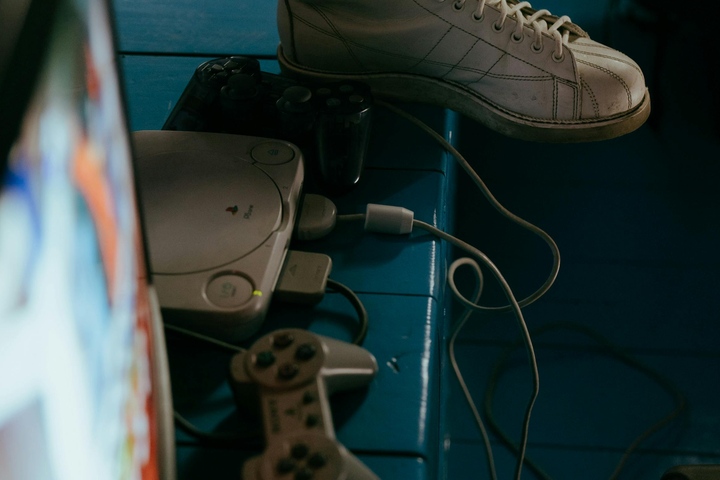EU ECODESIGN
New regulation replaces old directive / Not only “energy-consuming” products affected
By Plasteurope.com staff
Regulation instead of directive is the guiding principle for ecodesign: the new sustainable products regulation (EU) 2024/1781 establishing a framework for setting ecodesign requirements for sustainable products (ESPR) replaces the ecodesign directive that has been in force since 2005. After the European Parliament adopted the ESPR by a large majority in April 2024, and the Council approved the regulations in May, they formally came into force on 18 July.
Regulation instead of directive is the guiding principle for ecodesign: the new sustainable products regulation (EU) 2024/1781 establishing a framework for setting ecodesign requirements for sustainable products (ESPR) replaces the ecodesign directive that has been in force since 2005. After the European Parliament adopted the ESPR by a large majority in April 2024, and the Council approved the regulations in May, they formally came into force on 18 July.
 The legislation also focuses on video game consoles (Photo: Pexels/Cottonbro Studio) |
The regulation addresses the scope of “energy-using” and “energy-related” products – these include lamps, refrigerators, washing machines, and tumble dryers as well as hoovers, video game consoles, laptops, and TV sets. There are exceptions for motor vehicles and “defence-related security products”.
In general, the ESPR aims to make products more environmentally friendly and recyclable. Ideally, this means that products should be designed to last longer and consume less energy.
The ordinance also regulates retrofittability and reparability, sets a maximum content of so-called “substances of concern”, and stipulates the type and manner of reprocessing and recycling.
Related: EU member state proposals aim to strengthen uptake of green feedstocks
In addition to these measures, a digital product passport is to make it easier for consumers, companies, and authorities to obtain information about the product at any time.
Information regarding possible recycled content or the availability of spare parts for a product should be easily accessible by scanning a code. Energy consumption labelling from A to G on appliances will continue to be used to communicate the environmental characteristics of products to the consumer, supplemented by a reparability index.
Another innovation: going forward, ecodesign criteria are supposed to be applied when awarding public contracts in order to promote the procurement of more sustainable products. The new regulation also introduces a ban on the destruction of unsold textiles and shoes.
The date by which manufacturers and distributors must switch their products to the new requirements will be stated in the delegated legislative acts. In other words: it will depend on the specific product. “As a rule, there is a transitional period of 18 months after the respective product regulation comes into force,” says Patrick Bastian, research associate at the German federal environment agency Umweltbundesamt (UBA, Dessau; www.umweltbundesamt.de), in an interview with Plasteurope.com. The customs authorities of the EU member states are responsible for monitoring compliance.
The European Commission must now draw up a work plan by March 2025 for further product groups for which minimum environmental requirements are to be examined. These include textiles and shoes, furniture, iron, steel and aluminium, detergents and cleaning agents, and chemicals.
— Translated by Elspeth Lenhard
29.07.2024 Plasteurope.com [255719-0]
Published on 29.07.2024

 German version of this article...
German version of this article...